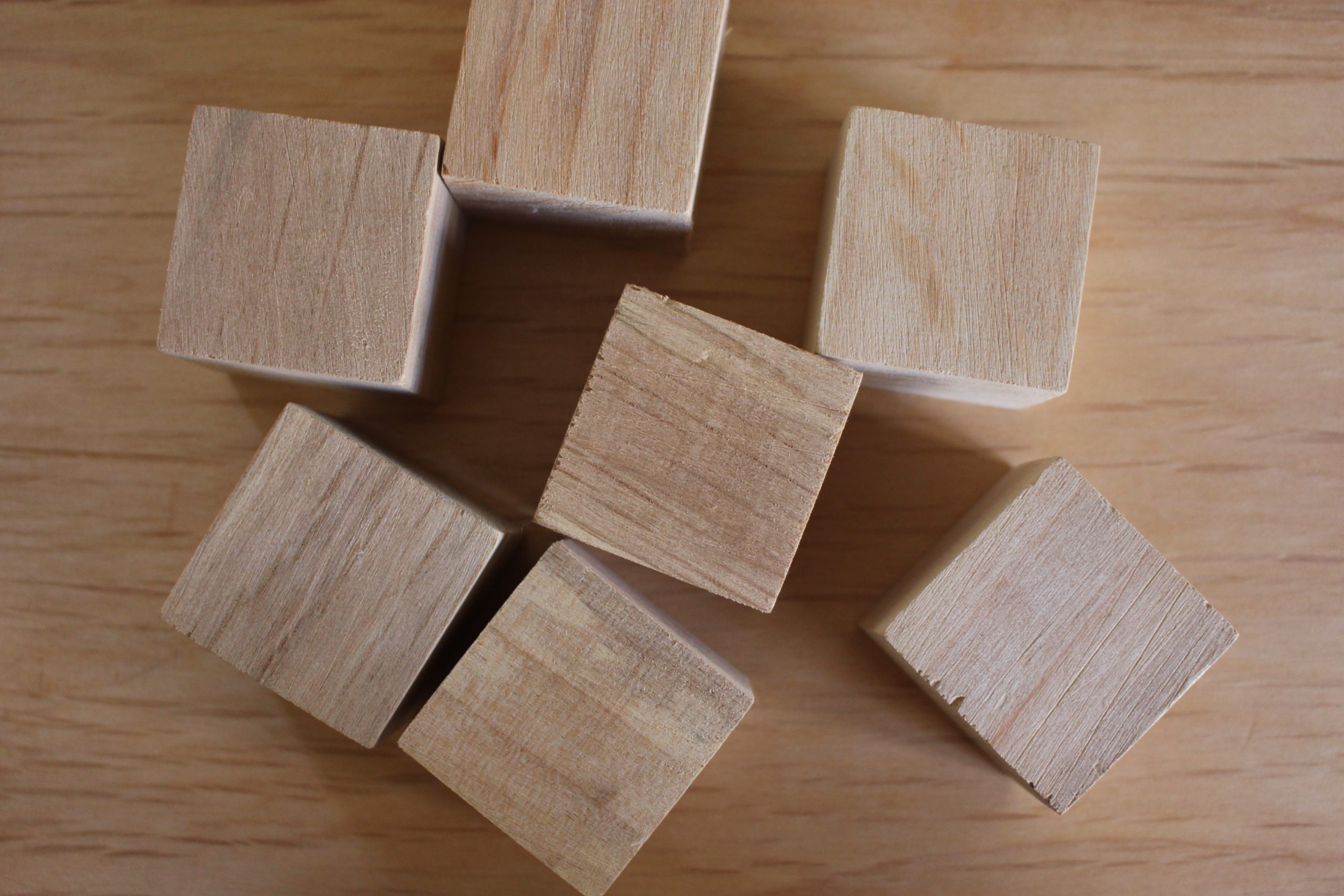The idea for Mhendo Play started with a desire to produce quality products for children that will foster their creativity and imagination. Playing is an important part of growing up and it helps children to develop social, cognitive and problem solving behaviors. Playing instills important life skills and prepares children for the external world outside of their home, where they can interact with friends and other people with confidence.
I myself have grown up reading children’s books, playing puzzles and blocks together with my sisters and cousins. And, that has been a big part of what I do today, to make children’s books that make learning fun. Since the last few years, I have been observing locally produced books, toys and craft materials in Nepal. The Nepali market offers varieties of plastic toys imported from different countries but it doesn’t endorse safety standards nor supports the local artisans. I feel that we are missing valuable opportunity to produce toys in Nepal using local resources and skills, and that it can be a replacement for plastic toys.
The past two months have been full of challenges and adventure as I worked to convert my ideas and concepts into actual tangible objects. I have been experimenting with different techniques, complexity of the toys catering to different age groups, available materials, sustainable alternatives, and designs that can successfully showcase the beautiful works of local artisans.
While researching the history of toys in context to Nepal and the world, I learned about traditional toys in different countries and different cultures, and how the age old practices are being preserved and being marketed to the current generation. Most traditional toys use craftsmanship and environmentally friendly materials such as wood, paper and fabric. Some of the interesting practices I came across were Channapatna toys from India and Hrvatsko Zagorje toys from Croatia. The Channapatna toys use a unique coloring technique with local materials, and Hrvatsko Zagorje toys were interesting because of their tribal motifs and whimsical minimal design.
Along with many other traditional toys, these have given me an idea about sustainable toys and their impact on children and the environment. It was also notable how it requires a massive amount of effort to continue with traditional practices and make it a profitable business.
Hrvatsko Zagorje(Photo source: https://zagrebcrafts.hr/)
In the past months, there have been many challenges especially with finding craftspeople who are willing to work with products that they are not familiar with. I also got the chance explore many things such as making 3-D prints of the initial design ideas with help of my mentor Pratisthit Lal Shrestha and the Design Lab team at the Kathmandu University. The 3-D models were printed using PLA, also known as Polylactic Acid which is a degradable material. It was my first time working with 3-D printing and it was interesting to learn about different approaches to creating prototypes.
During this whole process, the design of the toys are being constantly revised and is still in the process of evolving. I have narrowed down the design options and am working to create prototypes of 3 types of toys at the moment. I have found there are many limitations to producing original products in Nepal in regards to materials, cost, and human resource. While these challenges are tough to navigate through, I believe that with revision and design solutions, the end result will be products that are the result of all these challenges as well as strengths unique to Nepal.

